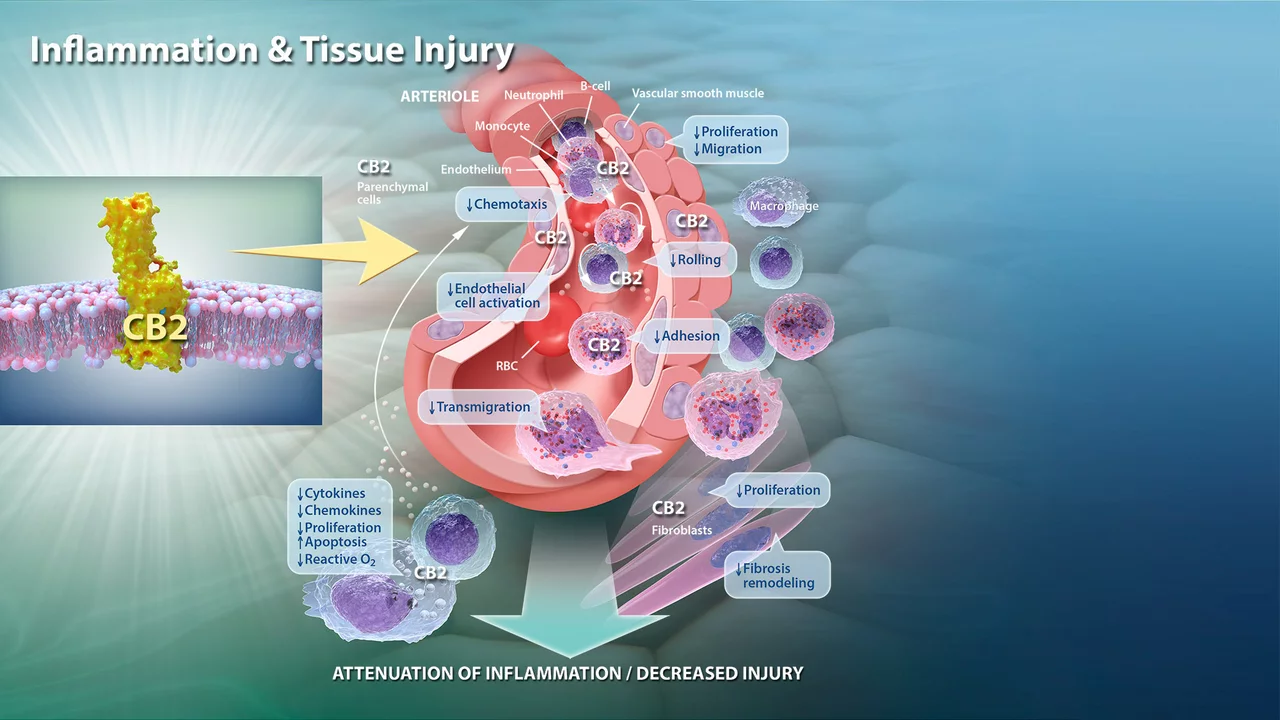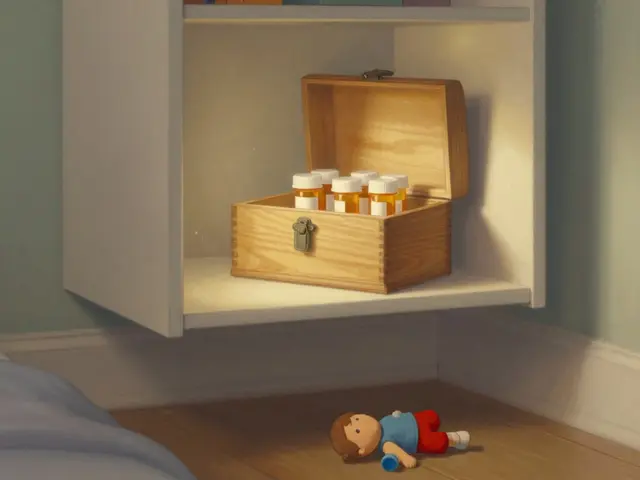Joint damage: how to spot it and what to do
That ache in your knee or the stiffness in your finger isn’t always "just getting older." Joint damage can start small and get worse if you ignore it. This page helps you recognize common signs, understand simple fixes, and take steps to protect your joints now.
Common causes and signs
Joint damage happens when the parts that cushion and move a joint—cartilage, bone, ligaments, or the joint lining—get hurt or worn. Typical causes are injuries (like a bad twist), wear-and-tear (osteoarthritis), autoimmune attacks (rheumatoid arthritis), gout, infections, and overuse from repetitive work or sports.
Watch for these clear signs: ongoing pain that doesn’t go away with rest, swelling, redness, warmth around the joint, reduced range of motion, a grinding or cracking feel, or the joint giving out under weight. If pain is sudden and severe, or comes with fever, get medical help right away—those can be signs of infection or a serious injury.
Treatment, day-to-day fixes, and prevention
Short-term relief often starts at home: rest the joint, use ice for 10–20 minutes to cut swelling, and try over-the-counter pain relievers like ibuprofen or acetaminophen as directed. Gentle range-of-motion and strengthening exercises help keep joints stable—ask a physical therapist for a simple plan tailored to your problem.
For persistent problems, doctors use more targeted options: prescription anti-inflammatory drugs, steroid injections to calm severe swelling, hyaluronic injections for some knee issues, or disease-modifying drugs for rheumatoid arthritis. When structural damage is bad, procedures such as arthroscopy or joint replacement may be the best route.
Simple prevention works: keep a healthy weight to reduce joint load, strengthen muscles around vulnerable joints (quads for knees, rotator cuff for shoulders), wear supportive shoes, use ergonomic tools at work, and avoid repetitive motions without breaks. Warm up before exercise and fix technique problems—coaching or a trainer can prevent small issues from turning into lasting damage.
About supplements: some people try glucosamine or omega-3s. Research is mixed—some notice benefit, others don’t. Always check with a pharmacist or doctor before starting supplements, especially if you take blood thinners or other meds.
When should you see a doctor? If pain lasts more than a few weeks despite home care, if swelling or stiffness limits daily tasks, if you have fever with joint pain, or if a joint suddenly won’t bear weight—those are signs to get evaluated. Tests like X-rays, MRI, or blood work can pinpoint the cause and guide treatment.
Protecting your joints doesn’t require extreme measures. Small habits—regular strength work, sensible weight control, good footwear, and quick attention to injuries—add up. If you’re unsure about a pain or a treatment, reach out to a healthcare pro or a trusted pharmacist for straightforward advice tailored to your situation.

The Role of Inflammation in Joint Damage: What You Need to Know
Well, folks, here's a hot topic that's been inflaming the minds of folks in the health world - pun intended. Let's dive into the role inflammation plays in joint damage, which is pretty much like a party crasher messing up our body's happy joint party. When our body's immune system goes into overdrive, it causes inflammation that leads to joint damage, it's like when your car alarm goes off falsely, but can't be switched off - annoying, right? Chronic inflammation can be like a bad house guest, overstays their welcome and causes the damage to our joints, turning them from smooth operators into rusty hinges. So, keep your joints jolly by keeping inflammation in check, because nobody likes a party pooper, right?
Read More




